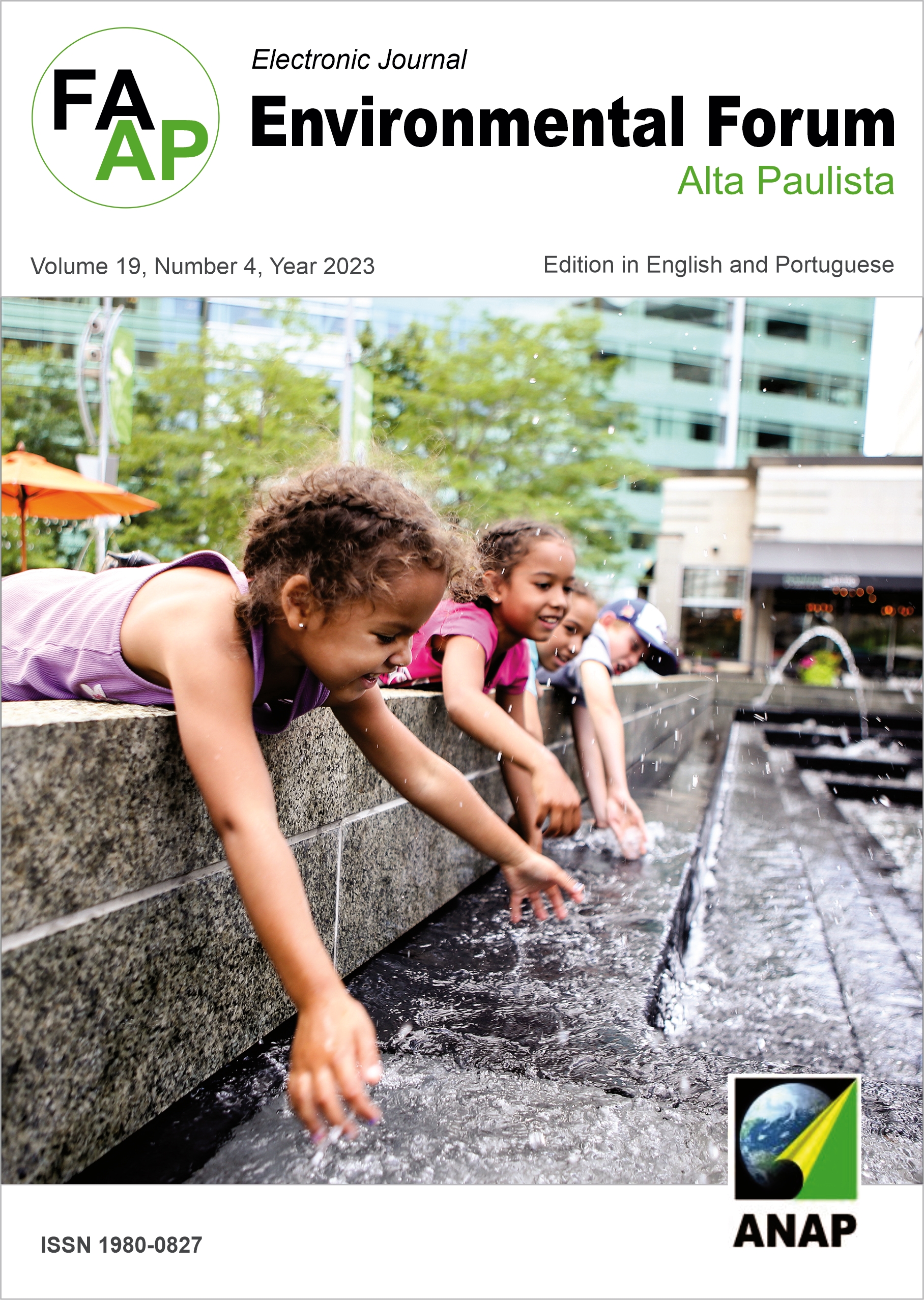Induction of twin pregnancy: a tool for sustainability in beef cattle
DOI:
https://doi.org/10.17271/1980082719420233618Abstract
Beef cattle stand out in the national agribusiness sector; however the forms of production must seek to be economically and environmentally sustainable. In this area, the use of reproduction biotechnologies, such as the induction of twin pregnancies which can increase meat production per area, is necessary. Thus, the objective of this study was to evaluate this technique of inducing twin pregnancy in cattle through double embryo transfer. The study was conducted at Unicesumar Farm and 100 bovine recipients, heifers and cows, mixed breed, were used, divided into groups: G1 – implanted females with 1 embryo and G2 – implanted females with 2 embryos. Recipients were synchronized and, on D17, implanted with 1 or 2 Wagyu embryos produced in vitro, according to the experimental group. Pregnancy rate at 30 and 60 days, parturition rate, occurrence of retained placenta and dystocia, and calf weight both at birth and at 30 days of age were evaluated. The double transfer of embryos improved the pregnancy rate at 30 and 60 days of gestation (p<0.05). Heifers that received two embryos stood out in the pregnancy rate at 60 days and in the parturition rate (p<0.05). Calves from recipients that received two embryos were born lighter (p<0.05). The induction of twin pregnancy in cattle through double embryo transfer is promising and can promote meat production and contribute to the sustainability of beef cattle.
Downloads
Downloads
Published
Issue
Section
License
Copyright (c) 2023 Periódico Eletrônico Fórum Ambiental da Alta Paulista

This work is licensed under a Creative Commons Attribution-NonCommercial-ShareAlike 4.0 International License.












